Musings on La Noche de los Museos.
A week later and the cultural hangover fading, here’s a personal look back at one of Buenos Aires’ cultural highlights, La Noche de los Museos in Buenos Aires.
Doing it after dark…
A personal fave in the Porteño calendar, La Noche de los Museos sees museums and cultural spaces opening their doors to hungry culture vultures seeking their fix. And true to Argentine tradition, it goes on late. But feelings of twitchy excitement quickly got overrun with plain bamboozled delirium as I scrolled through the epically long list of 222 venues to choose from.
I wrote and rewrote my route for the night. Quick decision-making is not my forte, but after over an hour of deliberating I looked down at my scrappy list contentedly. Plenty of options to hop-skotch around a couple of barrios nearby.
Top Tip – stay local – keep it simple. A few more obscure choices help to avoid the crowds of up to 800,000, which mob popular venues like the Museo de arte Latinoamericano Buenos Aires (Malba). There’s nothing to take the edgy off an arty night out than a painfully long queue or an elbow to get a closer look at a cuadro (painting).
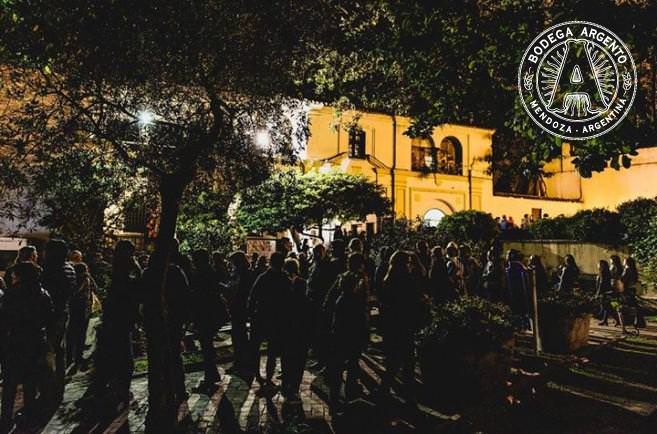
Depending on what you plumb for, you could stumble across live outdoor performances, music, dance and workshops for kids big and small as you wander around in the festival atmosphere under the stars. I decided peddle power was the way forward, grabbed my bike and headed off into the la noche Porteña on my arty gingerbread trail with the hope of a fine glass of Malbec waiting for me at the end of it.
The freaks come out at night…
There was something magical about flying around on my bike bumping into the occasional group of vampires, dead nurses and zombies out for some Halloween larks, and inspired by the spooky date, my first stop was the altar de muertos, (dead altar) at the Museo de Arte Hispanoamericano in the sumptuous Hispanic neoclassical Palacio Noel.
After milling around the collections of 16th, 17th and 18th century American colonial art, I made my way into the floodlit garden for the main attraction in honour of the Dia De Muertos. This sacred day in the Mexican tradition honours the souls of dead relatives and friends and this shrine was an homage to Mexican actor Roberto Gómez Bolaños, along with Raquel Tibol (an Argentine-Mexican well-known for her role in Mexican muralism) together with 60’s Argentine comic acting duo Alberto Olmedo and Humberto Ortiz.
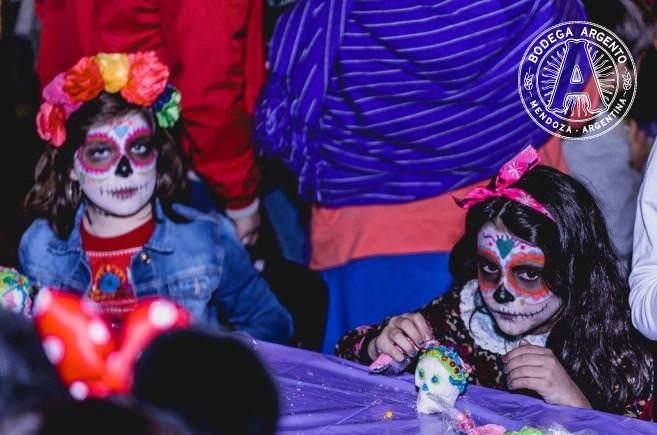
Alters are laden with the fancies that tickled the deceaseds’ delights in life such as alcohol, fruit and cigarettes as well as pictures of the lost loved ones. The vibrancy of the altar twisted with the comic darkness of the brightly painted skulls had me transfixed.
Ukraine connection…
Back on the bike, I cycled from Recoleta to Palermo to my next stop, the Asociación Ucrania. Having no clue that there was a Ukranian centre in BA until now, I was intrigued to connect with the community here and remember my mum’s family roots. I grew up celebrating Ukranian Christmas and although I never understood a word, I was packed off to Ukranian camp in the UK. Thanks for that parents.
I’ve got fonder memories of the food than anything and a foodie heart never changes, so I was joyously surprised to find a kitchen cooking up solid, traditional goodies. Soon I was diving into a steaming plate of perogies, a type of boiled empanada filled with mash and topped with caramelised onions and cream. Delish.
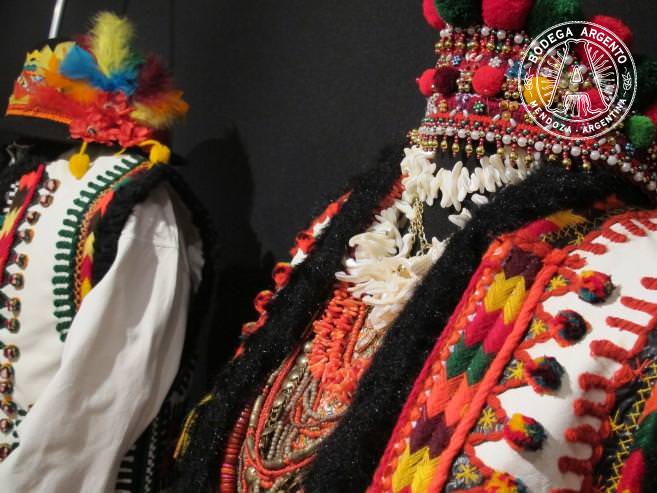
Panza llena corazón contento, (full tummy, happy heart) I was drawn to the photography portraits of the wives, sisters and daughters of Ukranian soldiers currently fighting in the conflict. Weaving traditional costumes with a contemporary eye, the beautiful images took on new poignancy. Meanwhile women sat bent over at a communal table, melted bee’s wax in one pot, rainbow hues of ink in another as they gave demonstrations on how to paint traditional Easter eggs which can take up to two days to complete. I couldn’t wait that long to see the finished products though and flew on to the next museo.
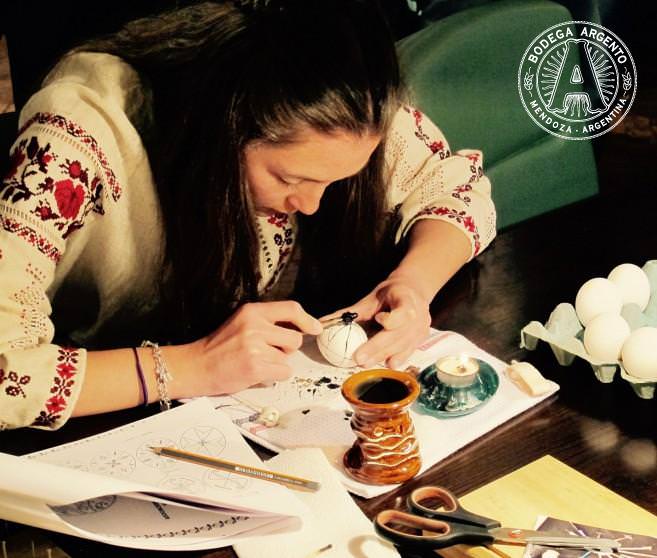
Photography in focus…
I had cycled past FoLa a few times before stopping for directions and was pointed to a giant illuminated yellow sign right across the street. It’s that new I missed it.
Tucked back discreetly from the main street within a shopping complex, it’s a welcome addition to the contemporary BA art scene. It is slick and spacious and what it lacks in toned down design, it more than makes up for with the art on show. No fluff here.
Creating a space for acclaimed and emerging Latin American photographers, FoLa brings together and questions the foreign imposed concept of ‘arte latinoamericano,’ instead uniting artists under this banner in all their diversity.
Stark, bleak, cityscapes of concrete jungle abandonment were the edge of Argentine Pablo Cabado’s work, noted in the long neglected debris filled Pileta Olimpica and his deserted shot of ‘Aeropuerto de Trelew’ in Chubut, Patagonia.
Carlos Garaicoa’s black and white series of Cuban building and street signs such as, ‘La Epoca,’ (The Era) are impressed and overlaid with lines so faintly you almost miss the latent message, ‘esta es igual a la miseria?’ translated as ‘Does this equal misery?’
However the highlight for me was the temporary exhibition, ‘FRIDA La vida relatada con el ojo: Matiz y Kahlo.’ Known as, ‘El Ojo Divino,’ (The Divine Eye), close friend of Frida Kahlo and her husband Diego Rivera, Leo Matiz was able to capture intimate portraits of the acclaimed artist in her daily life. Kahlo’s intense mirada never gets old for me and the photos of her at ease laying on the grass or smoking a cigarette arm on hip, bely the years of corporeal suffering Kahlo endured. In one black and white photograph, her vacant wheelchair sits in the foreground before her easel, the absence of Frida as powerful as her presence.
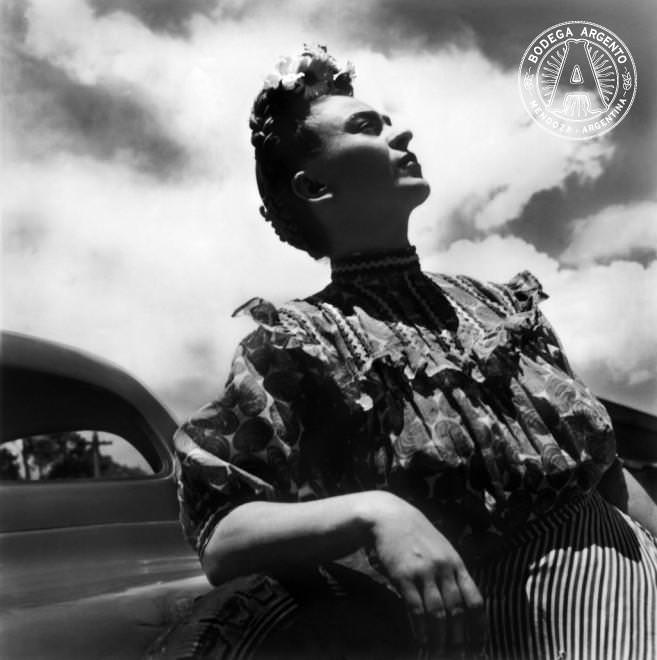
Musical museo with a long lineage
Baltic style gypsy beats lured me to my last spot of the night and I could hear the Museo Anconetani de Acordeon before I saw it. I’ve learned to expect the unexpected whilst living in Buenos Aires and this museo nightcap didn’t fail. The hilariously raucous La Cesar Pavon Orquesta, were reeling in the audience as I nosed around to join the fun outside. The haywire high-jinks of gypsy tuba tunes were next stepped up by Pavon’s Orquesta Acordeon, where the merry bunch got down low and raised the roof for the last performance of the night. Pint sized porteños were dancing to the beats and one little girl had a miniature acordeon strapped around her shoulders like a badge of honour.
Buzzing off the wild energy of the musicians I was lured inside to peek around at the Anconetani acordeon hall of fame. The family name has been synonymous with producing artisanal hand crafted instruments since the 1900s when Italian Giovanni Anconetani was hopping back and forth selling acordeons for the Soprani factory. One day the craftsman and musician decided to set up his own factory in Argentina. His five children, and now their children and grandchildren, have carried on the family business in much the same way for more than a century from their humble Chacarita workshop found at the top of a steep staircase at the back of a typical chorizo style house.
An enchanting documentary played on in a screening room at the back of the museo, which was smile, tear and goose-bump producing effects on me. Telling the story of this charismatic family and larger than life son Nazareno, who worked up until his death, it gave me a glimpse into their magical world and was just the kind of Buenos Aires bedtime story I needed.
Homeward bound, wistfully peddling around the newly romanticised barrios after a night of beautiful onda, art and music, it struck me again how much in love with this city I am and how I couldn’t imagine living anywhere else right now.
Sonja D'cruze
Latest posts by Sonja D'cruze (see all)
- BUENOS AIRES’ MEATY FEAST CHAMPIONSHIP - August 29, 2017
- Get the grapes in! Mendoza’s Vendimia Harvest Festival - May 15, 2017
- ARGENTINA’S SILVER LINING - October 6, 2016

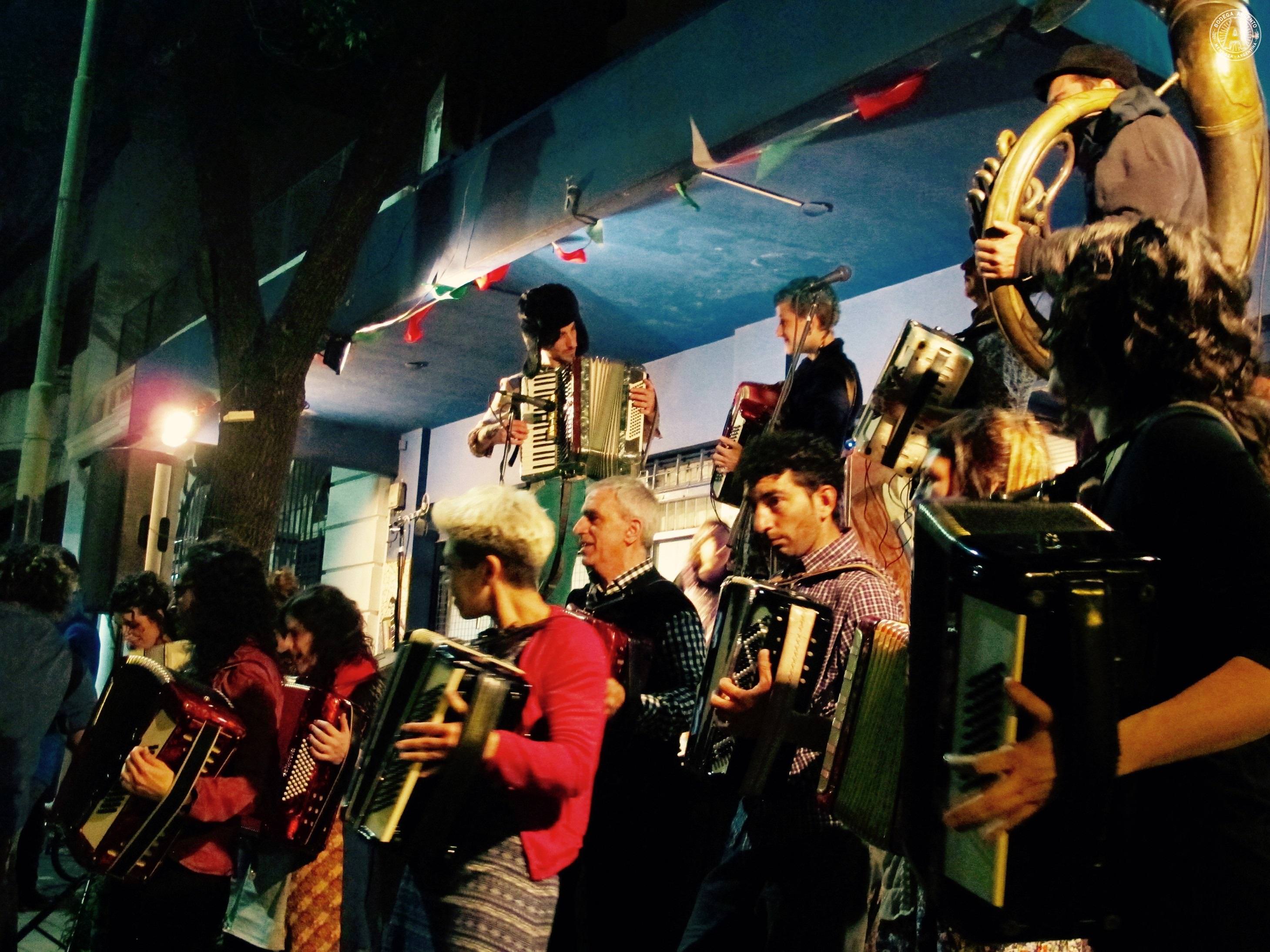
 Open House Buenos Aires Architecture festival
Open House Buenos Aires Architecture festival 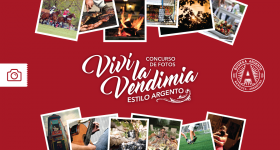 PHOTO CONTEST: LIVE VENDIMIA HARVEST IN MENDOZA WITH ARGENTO
PHOTO CONTEST: LIVE VENDIMIA HARVEST IN MENDOZA WITH ARGENTO 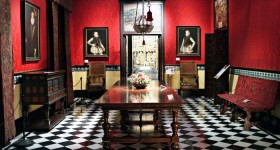 TOP FREE THINGS TO DO IN BUENOS AIRES
TOP FREE THINGS TO DO IN BUENOS AIRES 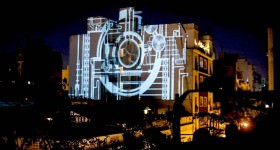 AL VER VERÁS – A VERY BUENOS AIRES ART INTERVENTION
AL VER VERÁS – A VERY BUENOS AIRES ART INTERVENTION 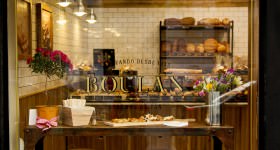 The Botanical Gardens – Buenos Aires’ chic alternative to Palermo
The Botanical Gardens – Buenos Aires’ chic alternative to Palermo 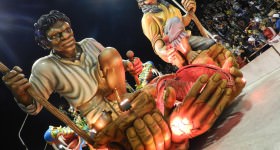 CARNIVAL BEATS GET CULOS ON THE STREET
CARNIVAL BEATS GET CULOS ON THE STREET 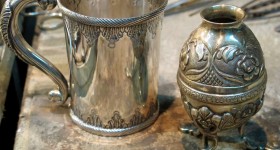 ARGENTINA’S SILVER LINING
ARGENTINA’S SILVER LINING 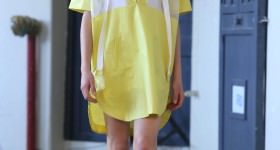 The Hottest Trends from the BA Catwalks for Spring/Summer 2015
The Hottest Trends from the BA Catwalks for Spring/Summer 2015 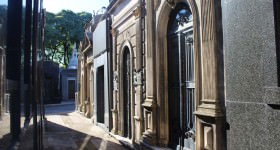 DISCOVERING THE TUCKED AWAY NEIGHBORHOOD OF CHACARITA
DISCOVERING THE TUCKED AWAY NEIGHBORHOOD OF CHACARITA 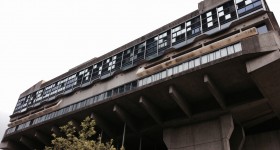 CLORINDO TESTA: OFTEN A NATION’S HISTORY IS REFLECTED IN ITS BUILDINGS
CLORINDO TESTA: OFTEN A NATION’S HISTORY IS REFLECTED IN ITS BUILDINGS  Guide to Puerto Madero: BA’s Newest Barrio
Guide to Puerto Madero: BA’s Newest Barrio 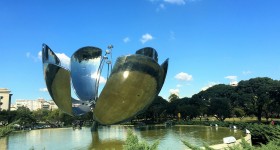 RUN BA RUN
RUN BA RUN